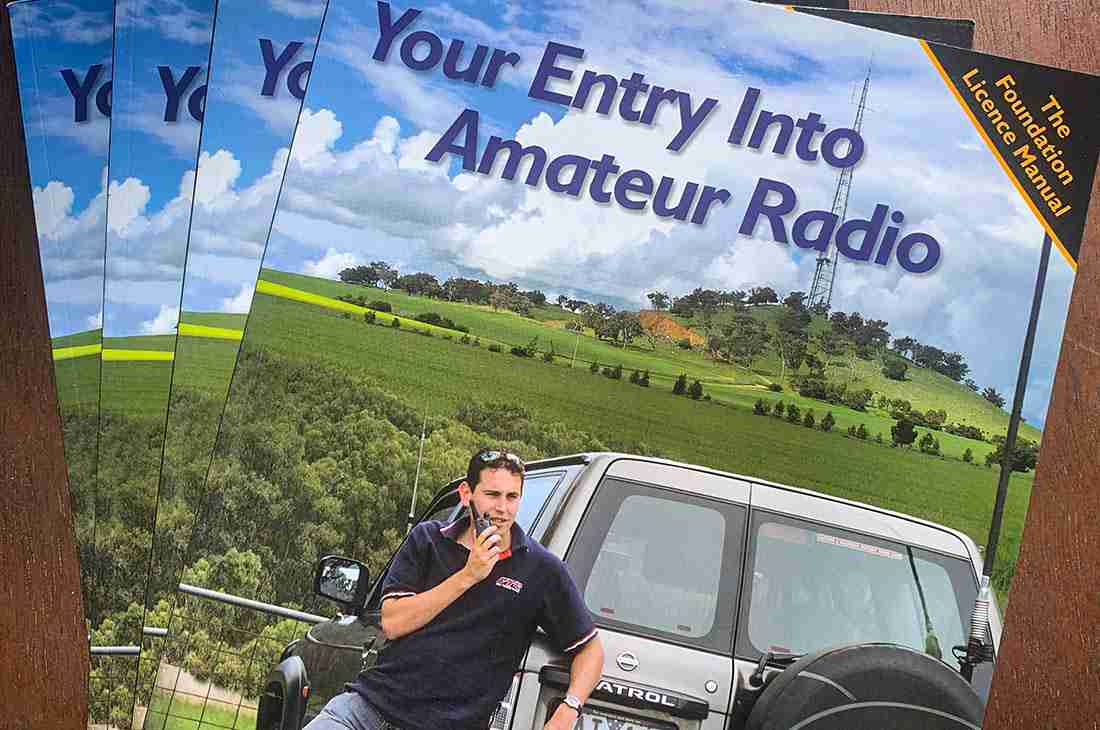Theory Component – Foundation Qualification

The theory component is designed to give candidates a basic understanding of how amateur radio works. It’s aimed at newcomers, so it avoids complex mathematics or advanced electronics.
Topics Covered:
- Basic Electronics and Radio Theory
- Simple electrical concepts: voltage, current, resistance
- Ohm’s Law and power calculations (basic level)
- Basic components: resistors, capacitors, diodes, transistors
- Transmitters and Receivers
- How radio signals are generated and received
- Modulation types (AM, FM, SSB)
- Frequency bands and signal propagation
- Antennas and Feedlines
- Types of antennas (e.g., dipole, vertical)
- Basics of wavelength, impedance, and resonance
- Interference and EMC
- Recognising and reducing interference
- Understanding electromagnetic compatibility (EMC) issues
- Safety
- Electrical safety
- RF exposure awareness
- Safe operation practices
- Licensing and Operating Procedures
- Licence conditions and restrictions
- Call sign usage
- Operating etiquette and log-keeping
Practical Assessment – Foundation Qualification
The practical component assesses a candidate’s ability to safely and correctly operate an amateur radio station.
Activities Typically Include:
- Station Setup and Safety Checks
- Demonstrating knowledge of power sources, fuses, and safe station layout
- Checking cables, antennas, and connectors
- Operating Equipment
- Tuning a transceiver
- Selecting appropriate frequencies and modes
- Making a Contact (QSO)
- Initiating and completing a contact using proper procedures
- Giving a signal report and call sign exchange
- Logging
- Recording contact details in a station log
- Antenna Checks
- Basic understanding of standing wave ratio (SWR)
- Inspecting feedline and antenna connection
Qualification Outcome
Once both components are passed:
- The candidate can apply for a Foundation Qualification Recognition from the Australian Communications and Media Authority (ACMA).
- This licence allows operation on designated HF, VHF, and UHF bands using voice and digital modes, but with lower power limits (typically 10 watts PEP output).